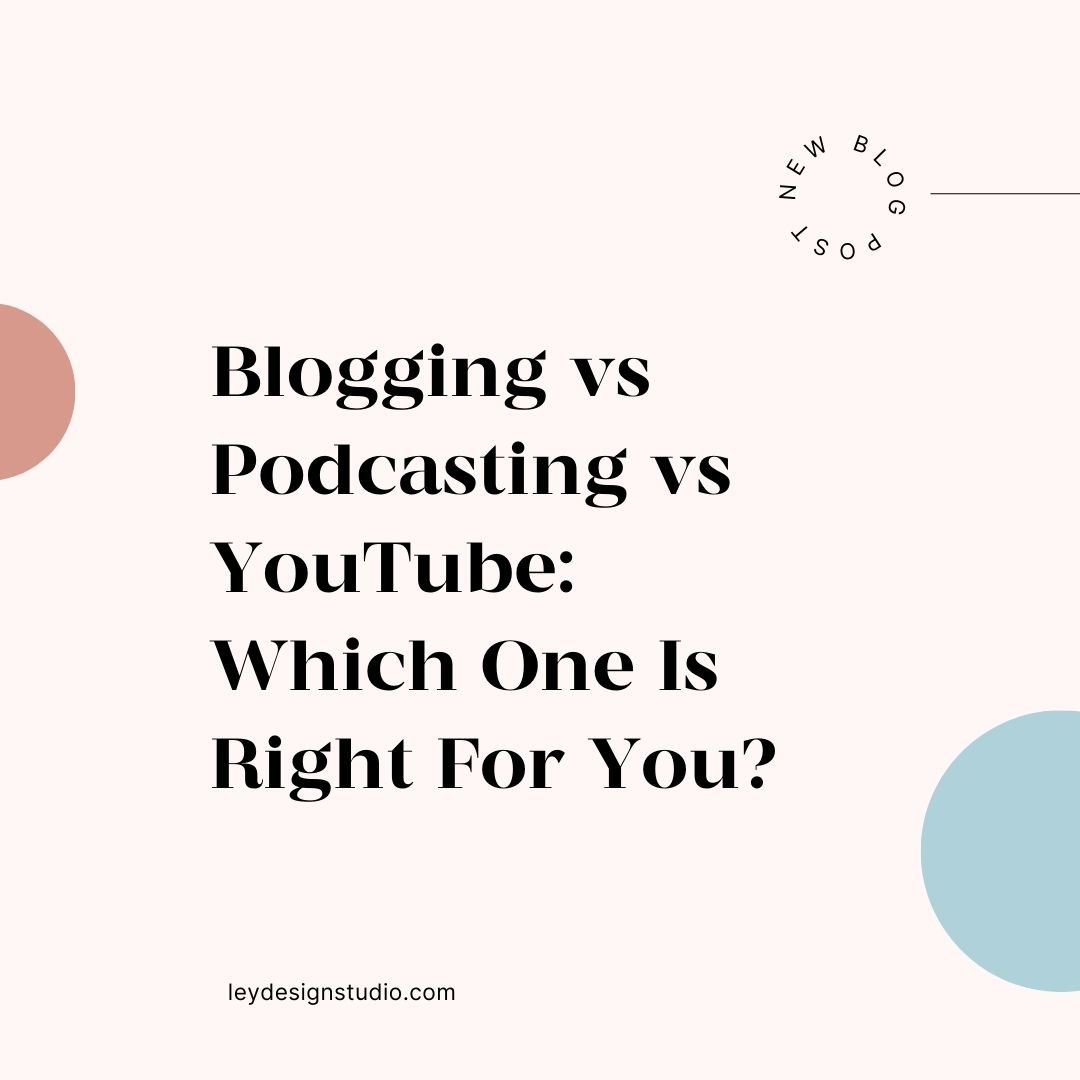The Essential Business Stats Every Business Owner Should Track
I don’t know about you, but I love me some numbers. As much as I hate(d) math in school, that’s how much I love keeping track of my business statistics. (And I hated math… a lot.)
Anyway, back to the numbers. And business stats. Here’s the deal -- if you don’t keep track of these statistics, you won’t know how well you’re doing in business. And that’s no good.
Let’s take a look at a quick example. Say you have a free checklist that adds people on your email list. Once someone joins, they are added to an automated sequence that eventually pitches your 3-month coaching package.
If 100 people join your list each month and 5 of them purchase your coaching package, then your funnel has a 5% conversion rate. So if you’re selling a $1500 package and you want to make $30,000, you need 20 people to purchase it which means you need 400 people joining your list each month.
What’s more, if you have 2,500 people on your list and you’ve made $15,000 from the aforementioned email sequence, each of your subscribers is worth $6 dollars.
In other words, knowing these numbers makes it easier to plan your sales as well as know what you can expect in your business.
SO.
To avoid being clueless, here’s what you need to track.
Average audience growth
There’s one big tip to keep in mind here. Your average audience growth are metrics like how many email subscribers and followers on social media you have. These are strictly vanity metrics and won’t do you much good other than give you a warm and fuzzy feeling. BUT, I still think you should check them and record them at least once a month so you can measure your overall growth. Tracking these also helps you notice patterns -- things like which months are the best for growth, does your growth follow a steady pattern or is it erratic. You can tie those patterns back to your marketing efforts and see if they are related to any big launches, challenges or anything of the sort.
Subscriber value
There are many ways to calculate your subscriber value. From a very simple formula that takes your income from email marketing and divides with the total number of your email subscribers to more complicated ones that take into consideration the length of time that someone stays on your list and marketing expenses. Whichever method you decide to use, knowing your subscriber value allows you to calculate how much you can afford to spend on getting new subscribers. You can calculate whether your ads are profitable and how much you need to make from a webinar to make a profit.
Conversion rates
If you have any evergreen sales funnels in place that promote and sell your products on autopilot, then tracking those funnel conversion rates is a must. Not only can you see how well your funnel is converting, but you can also make tweaks and experiment to see if you can improve the current conversion rate. For example, you might create a secondary sales page and change the main headline to see if it has an impact on your conversion rates.
Likewise, if you’re using webinars to sell your services or products, then you have to know how well that webinar is converting. Knowing this can help you determine how many people need to buy from the webinar and how many registered users you need to get to hit your launch or income goals.
Engagement rates
Finally, you need to track your engagement rates. The engagement rates involve numbers such as the number of comments + shares your blog posts get, the number of shares, likes, comments, retweets, repins, and other activity on social media networks, and the open and click rates in your email campaigns.
This will give you a fair idea of how engaged your audience is and you can then make educated guesses on how “hot” or “cold” your leads are.
Here’s how I track my numbers every month.
The only rates that I don’t track in the spreadsheet are the engagement rates. I use Facebook Insights, Tailwind, and Iconosquare to calculate those for me ;). I can then easily export their reports every month and file them into my Google Drive.
Read these posts too:













